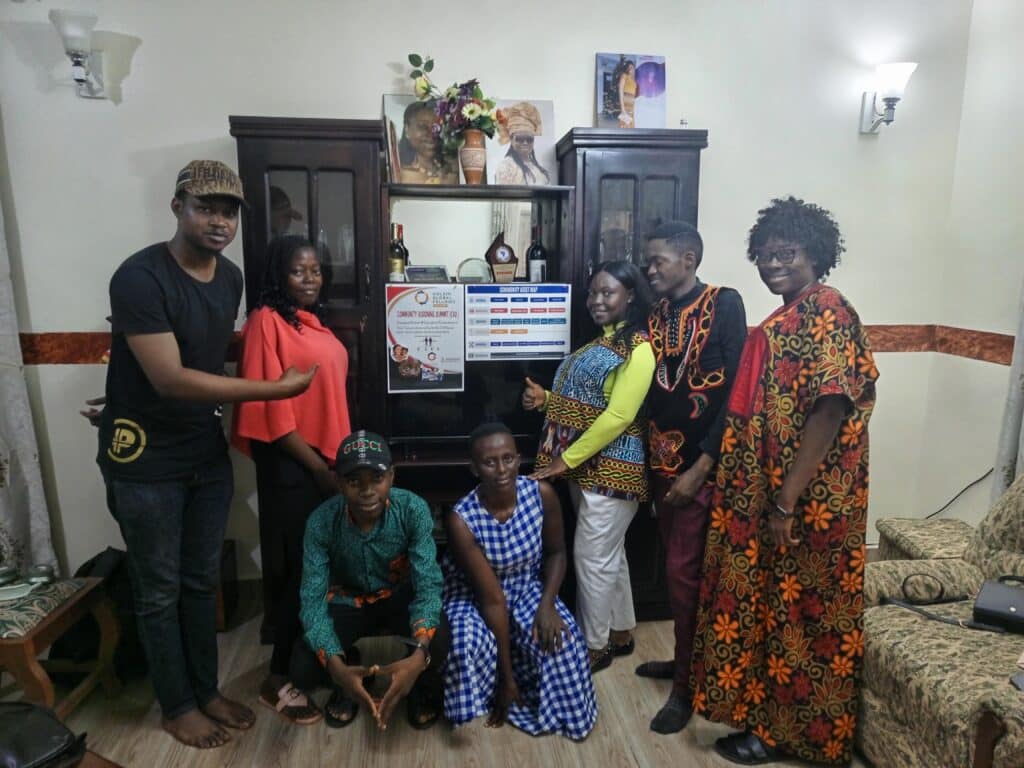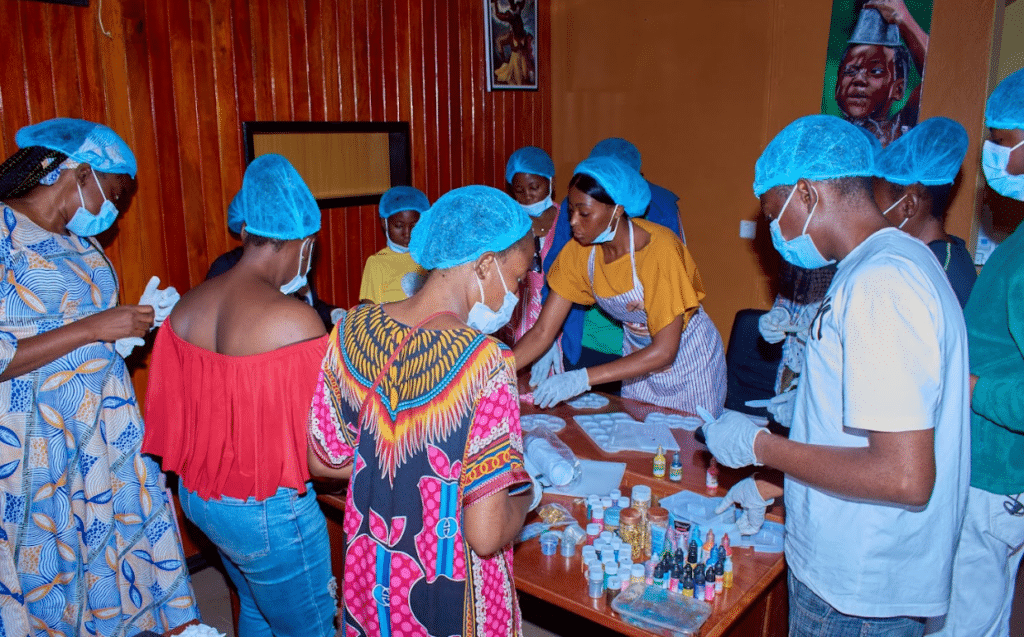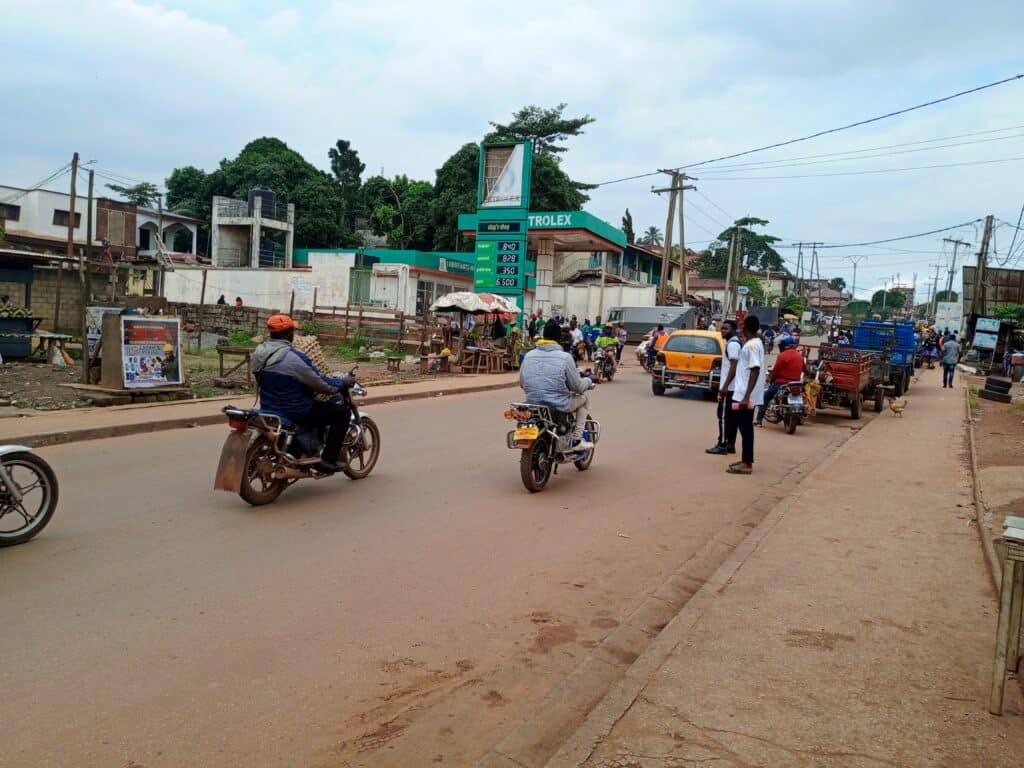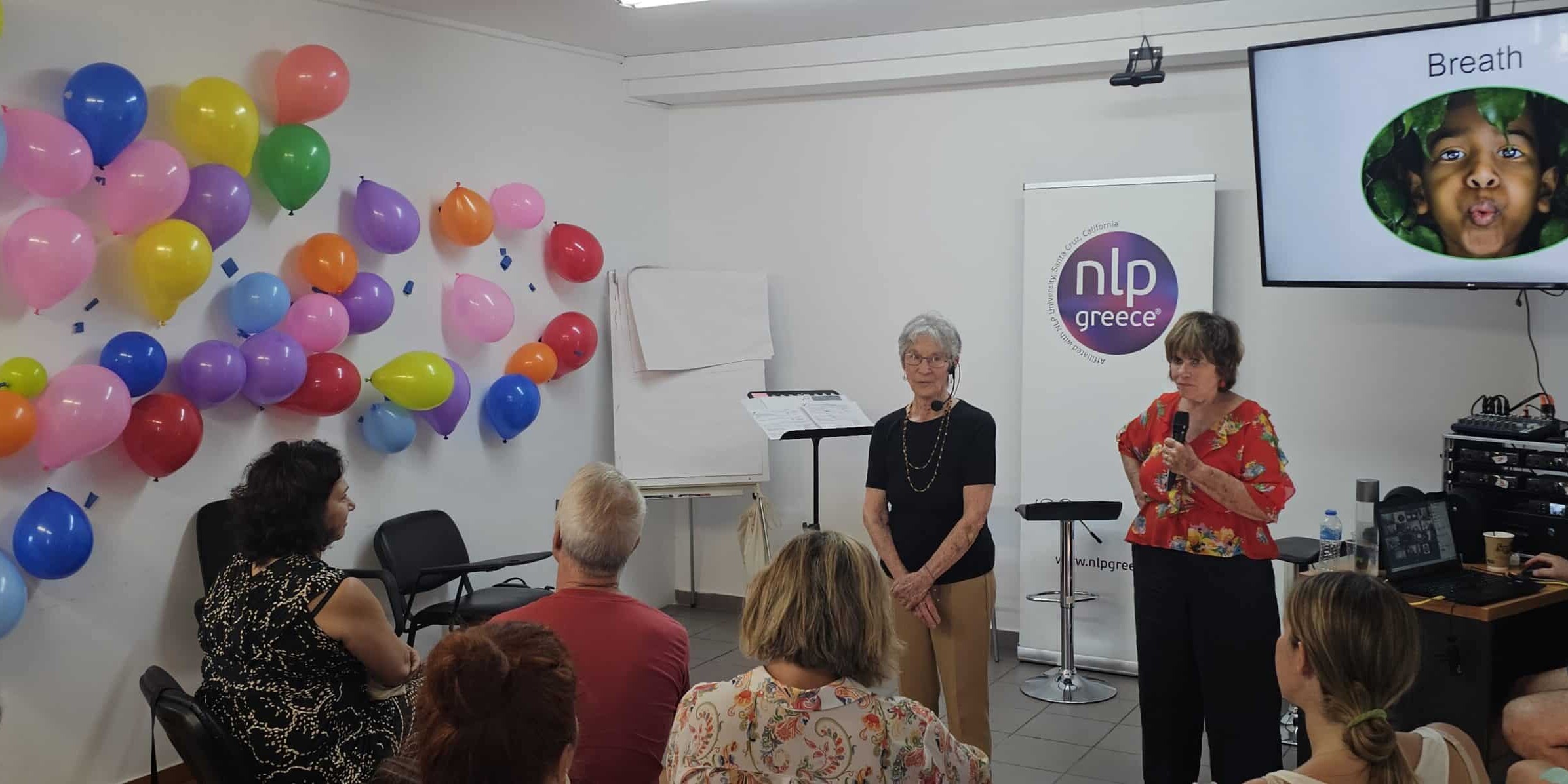When we hear about a community, we often imagine a physical place with houses, parks, trees, hospitals, markets, etc, and people going about their daily lives. We imagine a bustling rural, semi-rural, or urban setting.
When I talk about community, I imagine a group of people, affected by or united by a singular characteristic ranging from a shared passion or dealing with the intricacies of some of life’s lemons thrown at us. How these groups of people choose to deal with the lemons life throws at them is what refines and defines them as a unique community not characterized by physical landmarks and bustling cities.
The lessons I have learned since March, when I joined the 2024 Goldin Global Fellowship, have been valuable in my quest to make life better for my community. Throughout the fellowship we created maps of community assets, opened our eyes to barriers and how we could overcome them, and envisioned a community vision that was implemented into a tangible project. These activities prepared me to reimagine a community vision that caters to and seeks to meet the needs of a unique community, those with Sickle Cell Disease.

Challenges Facing Those with Sickle Cell Disease
Before I continue, Sickle Cell Disease is a genetic blood disorder that affects predominantly people of Black and Mediterranean descent. It is characterized by pain episodes which are referred to as sickle cell crises and can lead to varied complications that adversely affect the quality of life of many living with the condition. Ignorance of the condition due to a lack of adequate knowledge and awareness has led to many misinformed people attributing it to witchcraft, thereby making it a taboo topic to talk about openly. The result is stigmatization and discrimination of people living with sickle cell and their families.
As a result, many of those suffering from the disease face a lot of challenges in having a meaningful life. Some are outright refused jobs because of their health situation and not because they are underqualified, making unemployment a major challenge for many people living with the disease.
When I started my patient advocacy journey, one of the things I wanted to shed light on was education. Educating the community about what sickle cell is all about while at the same time, seeking ways to support people living with sickle cell to reach their full potential.
One of the most effective ways we have sought to offer such support is through empowerment programs, offering valuable life skills that would empower this amazing group of people to grow, achieve independence, and thus be in a position to better take care of themselves and in so doing, help to curb depression and unemployment within this community. We have been able to teach people to make liquid soap, give manicures and pedicures, do basic graphic designing, and most recently, use Resin Art to produce beautiful things that could be sold.

Utilizing Lessons and Networks from the Goldin Fellowship
By leveraging the Asset-Based Community Development (ABCD) approach–an essential lesson from the Goldin Fellowship–alongside the appreciative inquiry model, we crafted a vision that truly resonates with the needs of our unique community. This approach not only sparked interest among participants but also garnered positive feedback on our social media posts. Several individuals have reached out to me privately, asking for tips on how we executed the program so they can replicate it within their own sickle cell communities. This interest highlights the value of our training in filling a critical gap, and I am eager to continue building on this work.
Envisioning and satisfying the needs of a community requires providing the necessary tools for self-actualization and empowerment. In the next five years, my dream is to be able to train many more people living with sickle cell disease across Cameroon and, hopefully, Sub-Saharan Africa on valuable life skills to give them a great kick and a chance at utilizing their full potential towards a happy and fulfilling life.

Naturally, this will take more than dreaming, no matter how valid the dream is. It will require funds, expert skill trainers, comfortable halls and places to stay while the training goes on, seed capital to kick start implementations after the training, and a lot to make such skills sustainable long after the training is completed.
As I continue to envision and reimagine building community through the GATHER platform, not only with the sickle cell community in mind, I remain hopeful that the knowledge received through the Goldin Institute Fellowship will be put to good use, and my dreams and desires to empower many more like me will come to pass.




